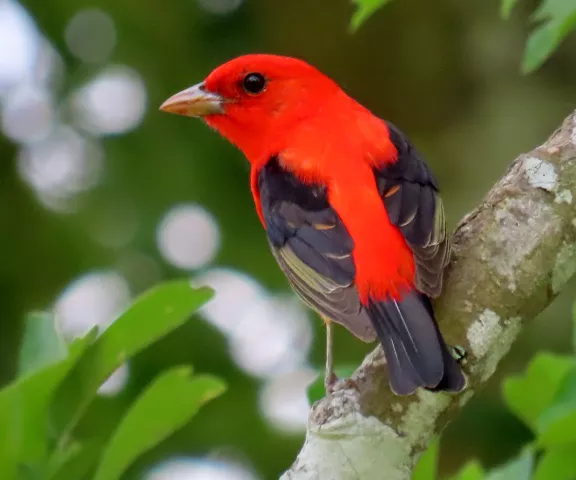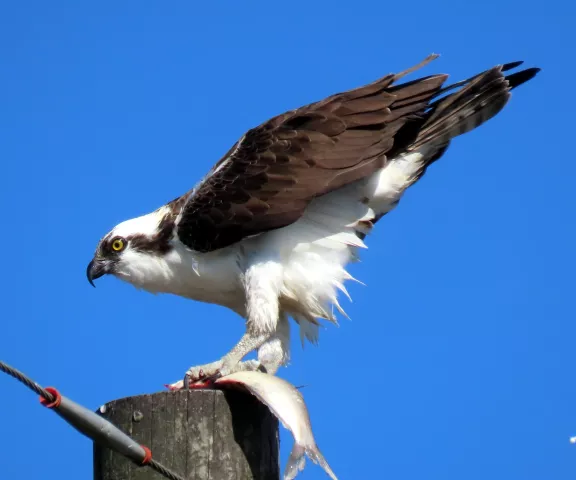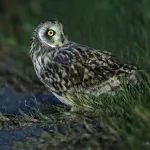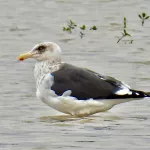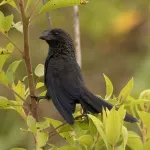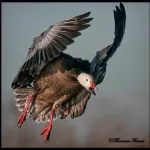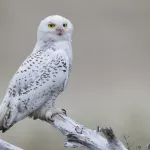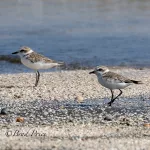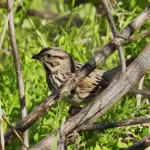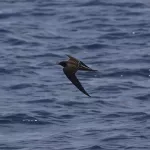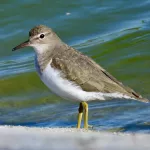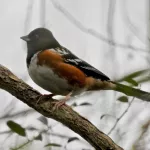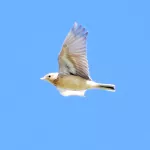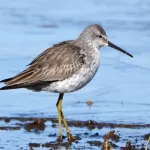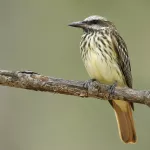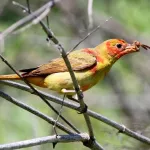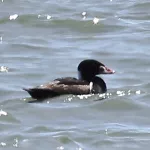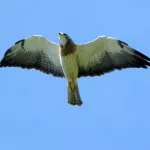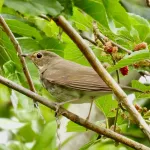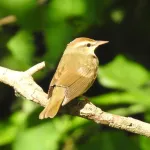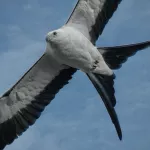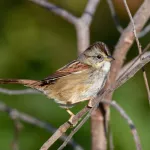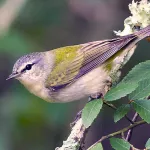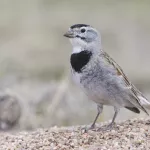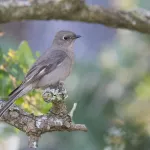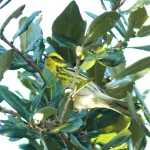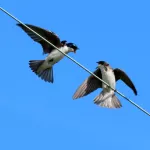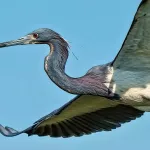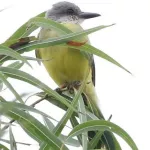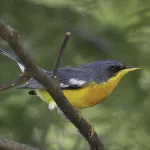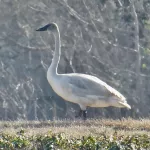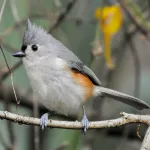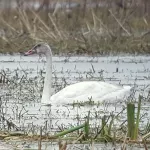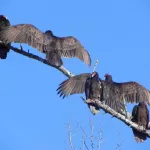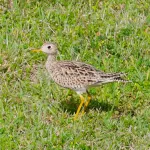Grand Isle - Lafitte Woods Grilletta Tract
Coastal woodlands along the northern rim of the Gulf of Mexico represent a crucial migratory songbird “stopover” habitat, used when spring migrants streaming northward from the tropics are stymied by inclement weather and/or contrary winds.
Much of this coastal forest habitat has been destroyed by overgrazing and development. In Grand Isle, Louisiana’s only inhabited barrier island, only ten percent (41 acres) of live oak-dominated coastal forest remains. However, the number of birds saved by the forest on Grand Isle when adverse weather conditions coincide with migration is phenomenal. During groundings, sometimes thousands of birds, representing about 100 species, including 35 species of warbler, seem to fall out of the sky, overcome with exhaustion from fighting rain and/or northerly headwinds.
The forest provides life-sustaining food and cover allowing the birds to rest and refuel before continuing the flight. The remaining tracts of maritime forest on Grand Isle represent the largest remaining stands of live oak-hackberry forest on any barrier island on the Gulf. The Louisiana Nature Conservancy protects and manages the island’s Lafitte Woods Grilletta Tract.
This thin slice of woodland traverses nearly the entire depth of Grand Isle. The Lafitte Woods Grilletta Tract is primarily mature Live Oak-Hackberry maritime forest habitat, punctuated by red and white mulberries, elderberry, American persimmon, and other small trees. At times, these trees host astonishing numbers of vireos, warblers, orioles, tanagers, and grosbeaks. Thickets of briars, vines, and herbaceous vegetation dot the woodland edges. Here, migratory hummingbirds, thrushes, mimic thrushes, wrens, sparrows, and buntings take refuge.
The forest gives way to grassland, marsh, and mudflat habitats once it reaches the island's bay (north) side. Here, 32 species of shorebirds and 14 species of wading birds have been recorded.
Thirteen species of raptors have been recorded around this tract. Counting flyover seabirds, waterfowl, and other waterbirds, this small site's species total is nearly 250–including an astonishingly long list of vagrants, rarities, and other special birds.
Amenities here include parking, interpretive signage, boardwalks, and seating. Partially handicapped-accessible.
